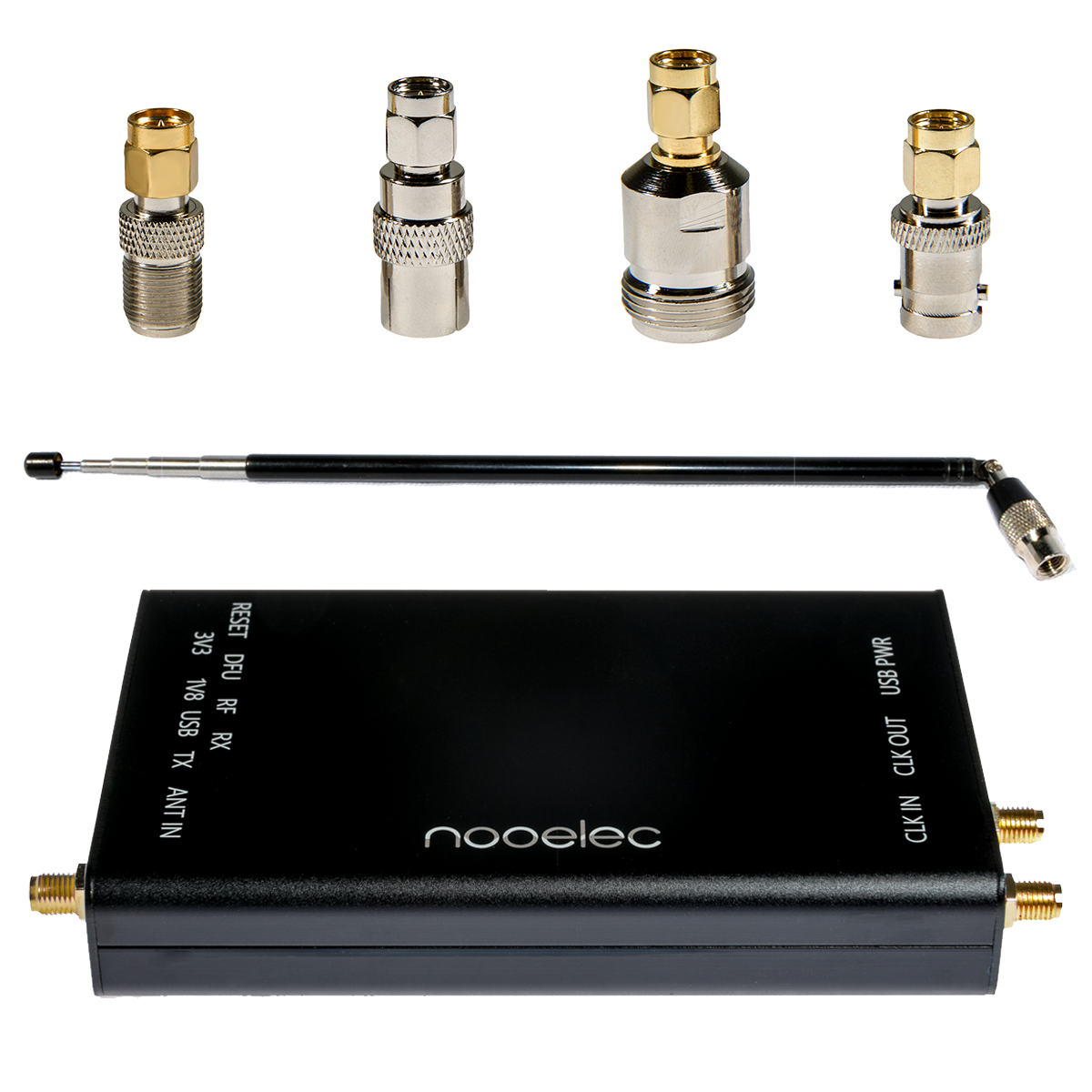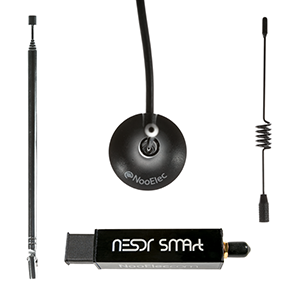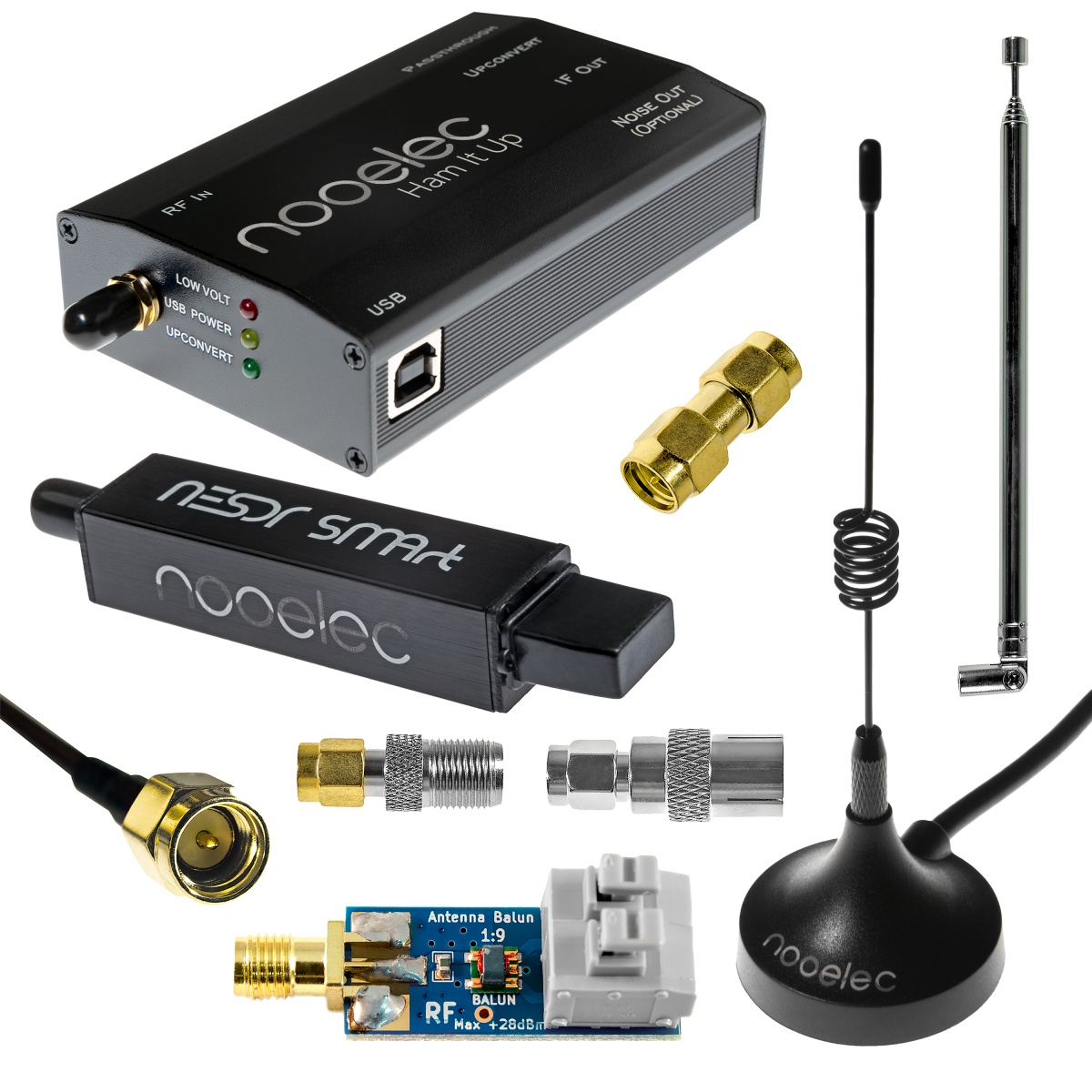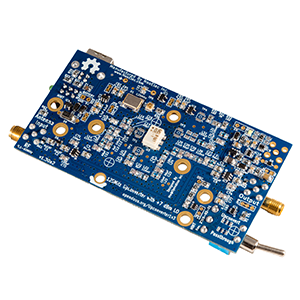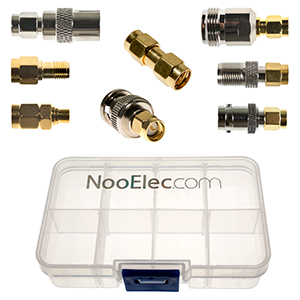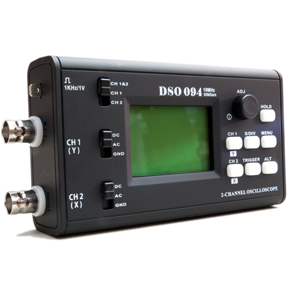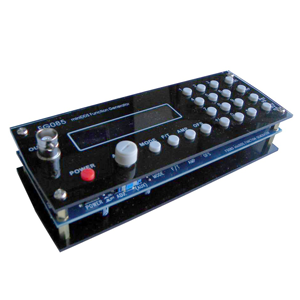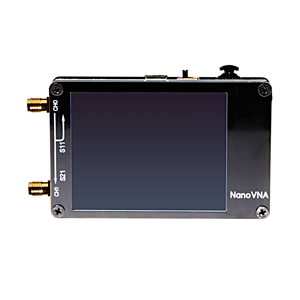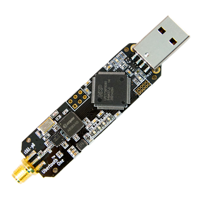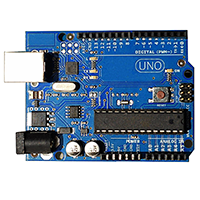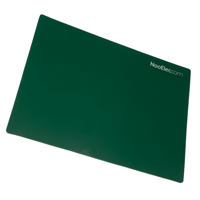Description
Details
SAWbird+ GOES is a self-contained LNA module designed for capturing beautiful weather images available from NOAA GOES satellites. It has a very high attenuation outside of the 80MHz bandpass region, centered around 1.688GHz, and a minimum of 30dB of gain within the bandpass region. Nominal current draw is 180mA.
The SAWbird+ series contains 2 ultra-low-noise LNAs sandwiched around a custom-designed, high-performance SAW filter centered at the frequency of interest. Each LNA module has 2 EMI shields to separate each delicate LNA from external interference. There are also M3 mounting holes available to mount the PCB in your custom enclosure or project with standard hardware.
Each module allows for 3 different power options, but you should only power with one option at any given time! The recommended power input through the SMA output port (for bias-tee capable SDRs like the NESDR SMArTee XTR) is 3V-5V DC. Alternatively, if you don't have a bias-tee capable SDR, you can use the external power options through the microUSB port or the power input header (female 0.1" header). The recommended external power input is 3.3V-5.5V DC. Though there is protection circuitry on the SAWbird for overvoltage conditions, and voltages of up to 12V DC should still work and will not damage the device, it is not recommended for long-term usage. Kindly note that damage resulting from overvoltage conditions would not be covered under the standard 1 year warranty.
As the frequency of this device borders on the maximum frequency capability of R820T-based SDRs, we recommend using it in conjunction with our NESDR XTR series which are guaranteed to operate properly at the target frequency 24/7. Our recommendation is the NESDR SMArTee XTR v2, which contains a bias-tee capable of powering the SAWbird+ GOES module with bias power. It also utilizes a different tuner IC than other low-cost SDRs, which means it is capable of frequencies well in excess of 2GHz. A good alternative would be the HackRF--though it is sold at a much higher price point, it also has a great deal of other useful features, like transmit capability, and is capable of operation up to 6GHz.
It is important to note that some SDRs, like the current production version of the NESDR SMArt, would have their ESD protection diode tripped by the LNA when powered externally. You can still use the LNA with these SDRs of course, but you would need to install a DC block between the LNA and SDR. This can be as simple as a low-distortion, high-quality capacitor in series with the RF path, should you prefer a DIY solution.
Additional Info
Additional Info
| SKU | 100792 |
|---|---|
| UPC | 0616469146359 |
| Country of Manufacture | United States |

